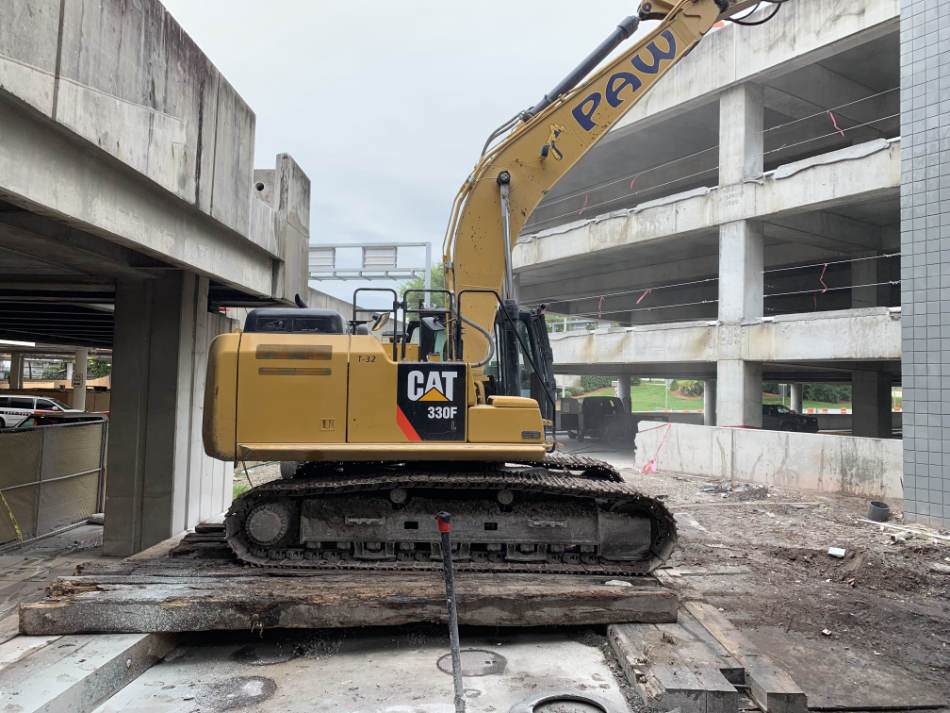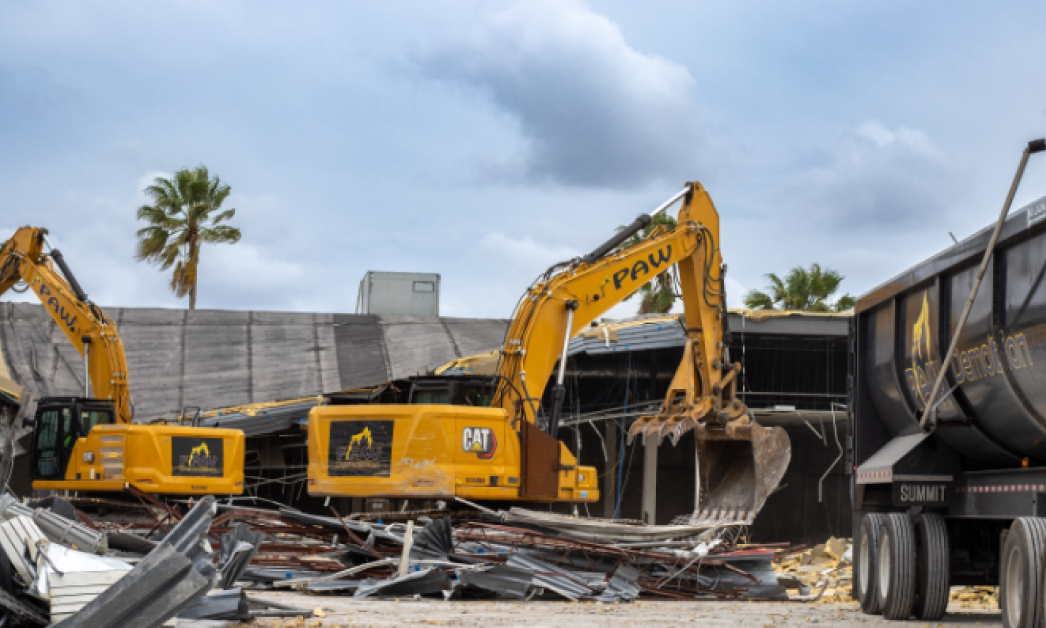Before starting any demolition, all active utilities must be safely disconnected and shut off. This includes electricity, gas, water, and sewer lines. Doing so protects workers, prevents damage to surrounding infrastructure, and ensures compliance with local safety regulations.
If you’re planning a demolition project in Tampa, one of the most critical steps is making sure all utilities are safely disconnected. Failing to do so can delay permits, pose serious safety hazards, and result in hefty fines. Here’s what needs to be shut off—and who’s responsible for doing it.
Why Utility Disconnection Matters Before Demolition
Before any structure comes down, city officials and demolition contractors require proof that all utilities have been properly disconnected. This ensures the safety of the crew, neighbors, and surrounding infrastructure.
For demolition projects in Tampa, this also aligns with local permitting requirements. The city won’t issue a demolition permit until you show that utilities are capped, terminated, or removed.
What Utilities Should Be Disconnected?
The following utility services must be fully disconnected and verified before demolition can begin:
-
Electricity – Power must be turned off at the source. Duke Energy or TECO typically handles this in Tampa. You’ll need a disconnection letter from the provider.
-
Natural Gas – Gas lines should be capped at the meter. This often involves a site inspection by TECO Peoples Gas.
-
Water – Water service should be shut off at the street. This is usually coordinated with the City of Tampa’s Water Department.
-
Sewer – Sewer lines must be disconnected and capped to prevent contamination or backflow. This may require a licensed plumber and inspection.
-
Telecommunications – Phone, cable, and internet lines should also be removed to prevent damage and interference with heavy equipment.
Some demolition projects—like those involving industrial properties—may require disconnection of additional services like propane tanks, overhead lines, or private well systems. Paw Demolition’s industrial demolition team can help evaluate these needs.
Who Handles the Disconnection Process?
Typically, the property owner or general contractor initiates utility disconnection. However, experienced demolition contractors like Paw Demolition often assist with scheduling, documentation, and coordination with local utility providers.
Need help managing the paperwork? Request a quote or speak with our Tampa demolition team for a smoother permitting process.
How Long Does Utility Disconnection Take?
Timeframes vary depending on the provider and type of service:
-
Electric and Gas: 5–10 business days after request
-
Water and Sewer: 7–14 days, especially if inspections are required
-
Telecom: Usually quicker, around 3–5 business days
Start early to avoid delays—especially for commercial or government jobs like Tampa International Airport projects.

Safe, efficient teardown services backed by 30+ years of local experience.
Do You Need Proof of Disconnection?
Yes. The City of Tampa requires a “Utility Disconnect Letter” from each service provider before issuing a demolition permit. Your demolition contractor should collect and submit these documents.
Failing to provide proper documentation can stall your entire project. Learn more about our permit process for Tampa-area demolitions.
How Long Does Utility Disconnection Take in Tampa?
| Utility | Timeline (Business Days) |
|---|---|
| Electric & Gas | 5–10 days |
| Water & Sewer | 7–14 days (with inspections) |
| Telecom | 3–5 days |
Starting early is key—especially for larger commercial or government jobs like Tampa International Airport demolition projects.
FAQs About Utility Disconnection Before Demolition
Can utilities be shut off after demolition starts?
No. All utilities must be fully disconnected and confirmed before any equipment is mobilized to the site.
Is it dangerous to skip a utility disconnection?
Yes—particularly with gas and electricity. Failing to disconnect utilities can result in electrocution, gas leaks, fires, or flooding.
Do I need to disconnect utilities if it’s a partial demolition?
Yes. Even for interior or structural demolitions, you’ll need to isolate utilities in the affected area. Your contractor should create a safety plan that includes selective disconnection.

